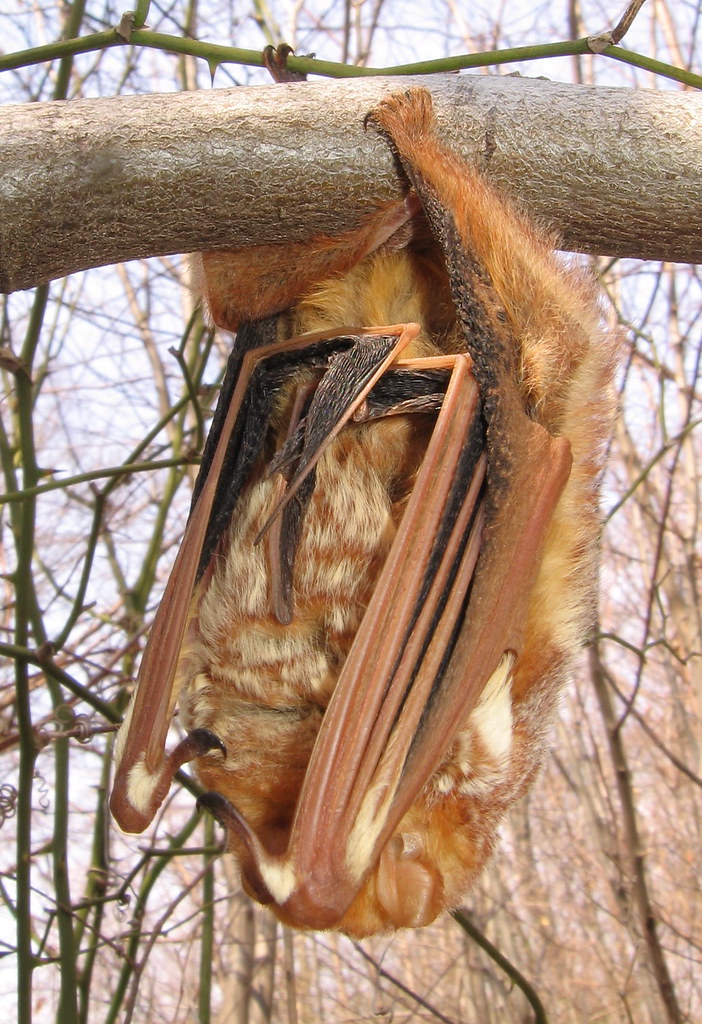We have much more to do and your continued support is needed now more than ever.
Saving the Appalachians from Mountaintop Removal Mining

Last week I travelled to Charleston West Virginia to see mountaintop removal coal mining. I saw the scale of mining underway and was taken aback. No community should be forced to tolerate this amount of environmental destruction.
The mountain forests and streams of Appalachia are magical places, with some of the richest biodiversity in North America. In my hikes through these forests, I have been fascinated by dazzling array of salamanders, crayfish, mussels and other unique aquatic species. Much of this treasure is now at risk because of mountaintop removal (MTR) mining.
What Is Mountaintop Removal?
MTR involves the removal of coal seams by destroying the forest, soil and rocks laying above them. This differs from traditional mining, where miners get to the coal with underground methods and leave the vast majority of the mountain undisturbed. The enormous amount of waste from MTR – 16 tons of material is displaced for every ton of coal mined – is either placed back on the ridge or dumped into neighboring valleys in a process known as “valley fill.” Valley fills have caused the destruction of nearly2,000 miles of streams in Appalachia.
Because the region’s thick, easy-to-reach seams of coal are running out, coal companies in Appalachia are abandoning traditional mining and rapidly expanding MTR operations. In this respect, MTR closely parallels the oil industry’s shift to the more environmentally destructive deepwater drilling in the face of disappearing onshore and shallow water reserves.
As this map shows, nearly 1.2 million acres, an area roughly the size of Delaware, has now been heavily mined in Appalachia in large part due to the explosion of MTR mining. Dozens of permit applications for additional large-scale MTR projects are pending before state and federal regulators.
It is sad enough to think so many children from West Virginia, Kentucky and Virginia could grow up without knowing the solace of a healthy mountain forest or without enjoying fishing in a vibrant mountain stream. But the consequences of MTR go beyond the loss of wildlife heritage. Appalachian communities are now increasingly exposed to dangerous flooding as the forests that absorb and filter rainwater are removed. Residents who live near mountaintop removal mine sites increasingly complain of orange and black tap water flowing from their faucets. Meanwhile, a series of studies are emerging that suggest a disturbing connection between MTR and birth defects, cancer and other health problems.
What You Can Do

So how can everyday citizens help turn this situation around? The first thing we can do is insist that the coal companies and state and federal agencies comply with environmental, health and safety laws. Write to EPA Administrator Lisa Jackson at this address and insist that she veto any pending applications for MTR projects until new rules are put in place to protect people and their environment and compliance with the Clean Water Act is achieved. In particular, Administrator Jackson should reinstate the rule protecting streams from “valley fills” that was arbitrarily revoked by the Bush Administration in 2002.
To become an effective advocate, it helps to become more informed. To study up more on this issue, I recommend the documentary “The Last Mountain,” starring Robert F. Kennedy, Jr., Goldman Prize winner Maria Gunnoe, and a host of other leading voices in the MTR fight.
Once you hear these voices and see the images, it will be hard to sit on the sidelines.






















